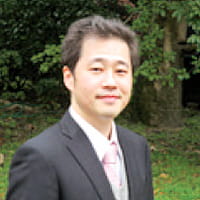Research summary
Research outline
Two-photon fluorescence microscopy has become a powerful tool for deep imaging of biological tissues. However, many biological phenomena in which intercellular interaction and communication networks play a crucial role are invisible because of insufficient imaging performance of commercial two-photon fluorescence microscopes. To make the invisible visible, we have developed a wide range of techniques, including optimized lasers, novel microscopes, and data post-processing techniques. We have also developed a technique to precisely control the four-dimensional distribution of light in order to control mouse behavior by optically stimulating neurons in the brain.
Main themes
- Development of femtosecond lasers for ultra-deep imaging and their applications
- Development of wide-field deep imaging techniques using spatiotemporal control of laser pulses and their applications
- Development of 4-dimensional optical control techniques using multiphoton patterned illumination and their applications
Member
|
ISOBE, KeisukeProgram-Specific Professor |
kisobe*riken.jp See faculty information |
|---|
- Please note that the @ symbol has been replaced by *.
Access
University Hospital, West Campus, Institute for Life and Medical Sciences Bldg. No.2

